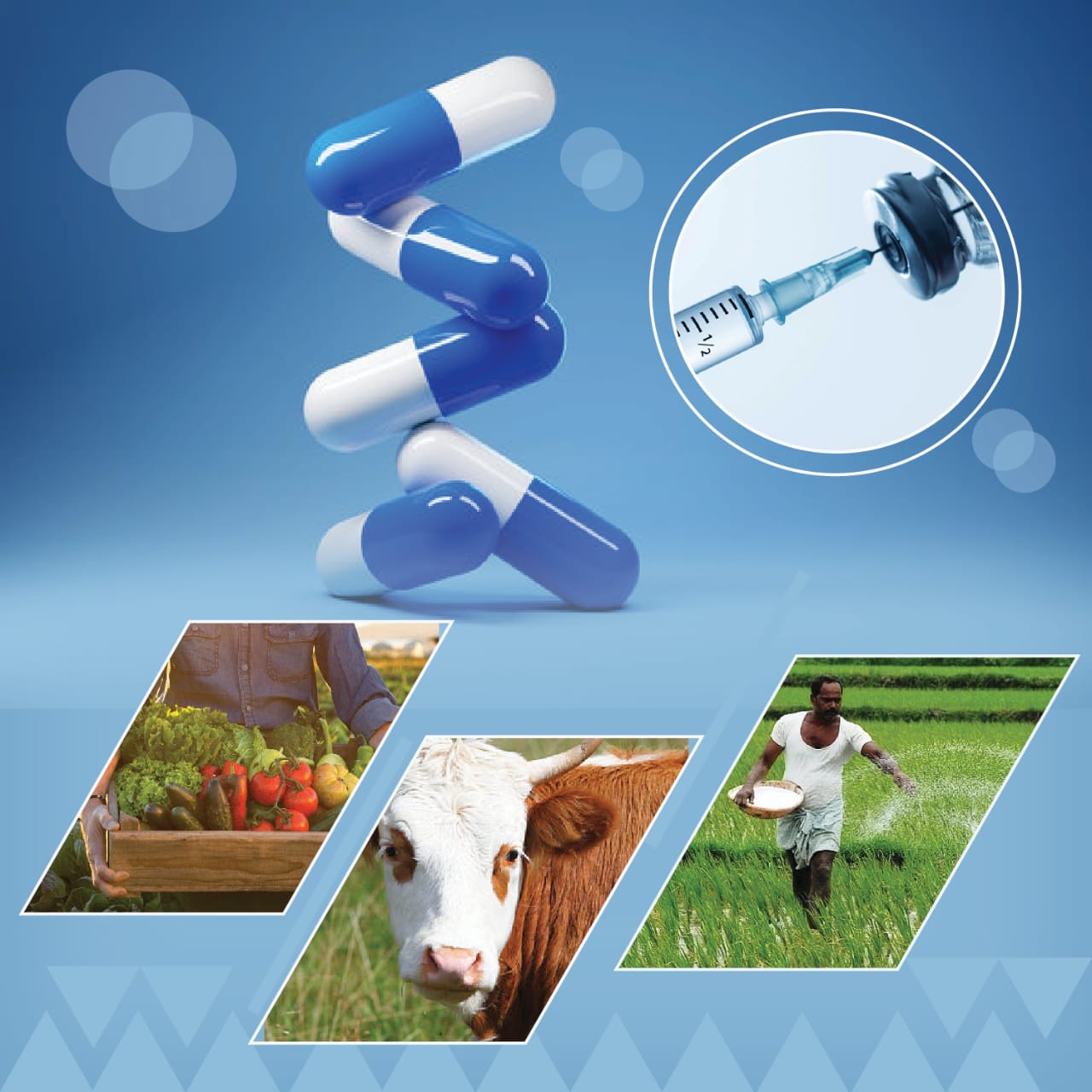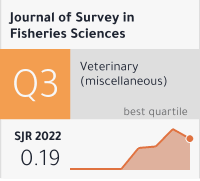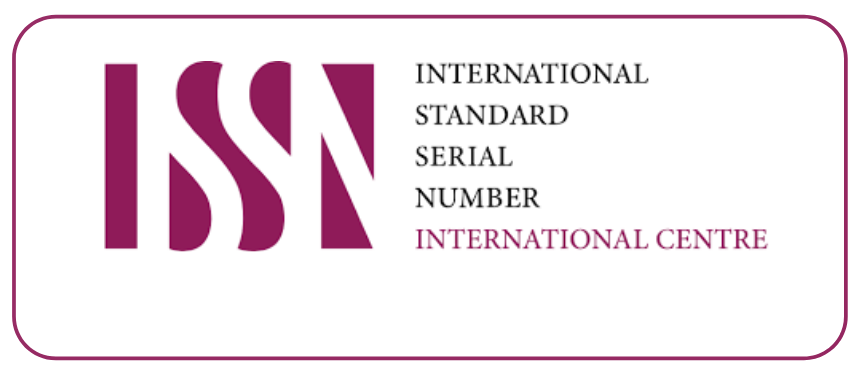"Breaking Barriers in COPD Treatment: The Promise of Nanotechnology-Based Drug Delivery"
DOI:
https://doi.org/10.53555/sfs.v10i3.3614Keywords:
Chronic Obstructive Pulmonary Disease (COPD), Bronchodilators, Polymeric Nanoparticles (PLGA, PEG), Gene Therapy in COPD, Inhalable Nanoparticles, Stimuli-Responsive NanoparticlesAbstract
As the world's population ages and tobacco usage rises, obstructive lung disease is predicted to become a more serious health issue. The only proven preventive measure is quitting smoking. Companies are in a unique position to assist staff members in giving up smoking. Many individuals wait to seek medical assistance until the condition is severe or flares up because lung function continues to deteriorate during the protracted asymptomatic phase. Physicians need to effectively identify and treat this condition in a way that minimizes long-term medical expenses while still maintaining patients' quality of life. The methods used currently for patient care are covered in this article. In the US, Morbidity and death are mostly caused by chronic obstructive pulmonary disease (COPD). The severity of COPD symptoms can vary from moderate to extreme. Patients who are in excruciating pain frequently seek more medical attention, and excruciating pain has a significant role in readmissions due to COPD that last longer than thirty days. One effective strategy to improve bronchiectasis is to utilize two bronchodilators. Furthermore, it has been demonstrated that a number of disease management techniques, such as lung treatment, follow-up visits, follow-up care, respiratory training, and patient education, lower the number of hospitalizations and readmissions among COPD patients.









